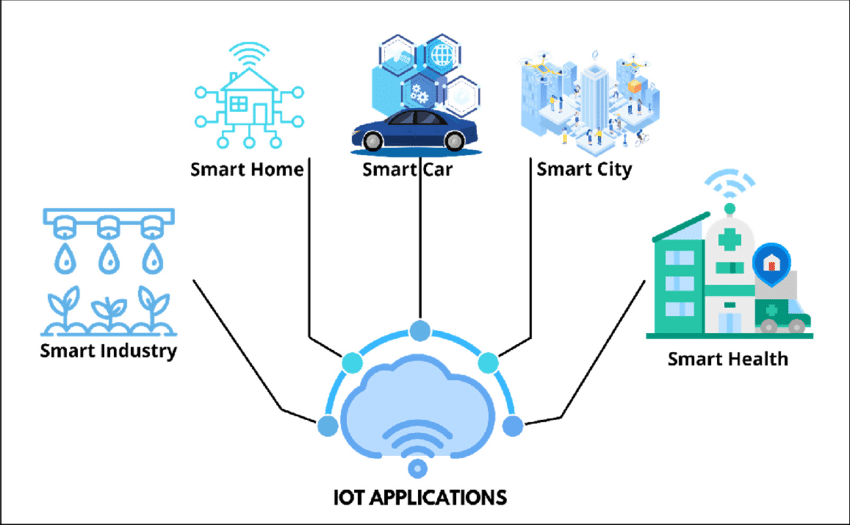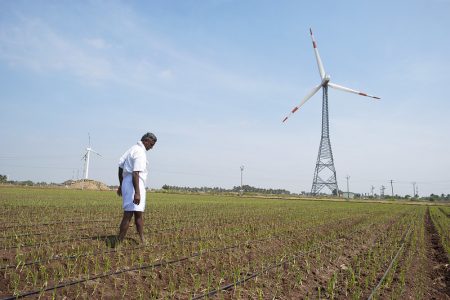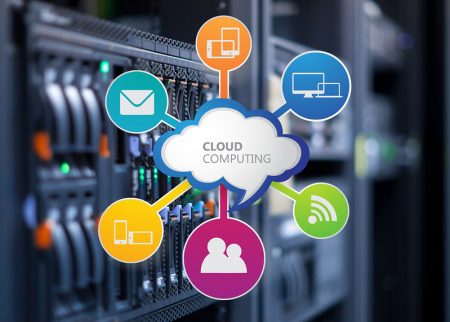Transitioning to sustainable energy systems is one of the most critical challenges of our time, as it requires innovative technologies to optimize integration and efficiency for enterprises across numerous sectors.
That said, the Internet of Things has been among the most transformative technologies in this arena, reshaping the landscape of energy management continuously.
At the heart of this energy transition is IoT energy monitoring systems, an impressive technological achievement that is transforming how we make, use, and share energy.
As we enter what seems to be an uncertain future in terms of energy and climate change, the importance of innovation and application in the “energy IoT” cannot be stated enough. It will be this vision that could go a long way in helping us resolve the problems of energy transition and climate change.
How IoT works in the power sector
In its strictest technical terms, IoT is a network of physical devices, appliances, vehicles, and other physical objects embedded with network connectivity, software, and sensors, allowing them to share and collect data.

In terms of the energy and power sector, these connected devices offer accurate measurements and predictive maintenance to manage energy distribution better and security as well. IoT is capable of creating a tech ecosystem that can address many of the sector’s challenges, such as fluctuating energy prices, integrating renewable energy into the grid, workplace safety, and balancing supply with demand.
Sensors are the most common example of IoT devices in power. For instance, IoT sensors and devices can prove very helpful for organizations to track, analyse, and improve how energy is used across platforms. When combined with predictive AI analysis and machine learning (ML models), sensors can monitor and anticipate energy production, offering distributional efficiency across the grid. Using IoT in energy systems, thus, produces unique data that helps both energy consumers and providers in making decisions for lowering costs, improving efficiency, and supporting sustainability.
The Future of Energy Transition with IoT
Since IoT is one of the driving forces for sustainability, it’s expected to have a larger impact on how we’ll switch to clean energy and sustainability initiatives in the future.
Smart cities and improved energy storage

Energy transition works in close tandem with the idea of ‘smart cities’, and IoT is expected to help smart towns and cities control energy usage better. Besides this, it is also expected to establish efficient and reliable energy networks using IoT energy monitoring systems. Plus, integrating IoT devices with green energy solutions means that it will be easier for people to use renewable energy sources like solar and wind power across cities and towns. Moreover, it will help improve energy storage solutions by storing it handily until it is needed.
Finally, at the forefront of the renewable energy revolution are smart grids, which embody the convergence of AI and IoT for creating a more efficient and responsive electricity distribution network.
Real-time monitoring and control
One of the biggest advantages is real-time monitoring and control by IoT devices. They can not only constantly check the temperature and health of energy storage solutions but also employ predictive analytics for maintenance. So, potential issues such as battery failure or even degradation can be detected ahead of time, thus helping reduce maintenance costs.
IoT also helps provide dynamic management for energy storage, helping the system respond automatically to fluctuations in energy supply and demand.

Decentralized Energy Systems
The future of energy transition might very well feature decentralized energy systems, in which energy is not only made but also stored and used locally. IoT will be very important for managing these decentralized systems to ensure that energy is used effectively and in ways that do not harm the environment either. This will lead to lesser transmission losses since the energy generation and consumption points are closer.
It will also reduce the risk of large-scale outages significantly, making it almost nil at one point in time. Furthermore, it will help immensely in community empowerment, with local communities being able to control and optimize their energy needs, thus significantly reducing their dependence on fossil fuels.
Almost half a century after it first came about, IoT is driving everything we know. With respect to the energy market, the global market for IoT in energy was worth USD 44.70billion back in 2022. By 2032, it is projected to reach as much as USD 133.3 billion, growing at a stupendous rate of 11.60% per year between 2023 and 2032.
While the intermittent nature of renewables could create complications for the industry, IoT offers a whole lot of security through predictive maintenance and forecasting. As we move towards the vision of an environment-friendly future in energy, IoT and its connected energy monitoring systems will become increasingly important for humanity to incorporate renewable energy sources and reduce waste. With their help, we can speedup moving into a future with stabler, greener, and cleaner energy.
In case you missed:
- Technology for good – How IoT is driving sustainability
- The Price Of Money: Can Cryptocurrency Go Green?
- Green Data Centres: Future-ready for Sustainable Digital Transformation
- Six ways hosted private cloud adds value to enterprise business
- Top Digital Transformation Trends For 2024
- Enterprise Network Transformation: Benefits and Challenges
- Top cloud migration myths
- AI and Networking Infrastructure – 2024 Trends
- How Blockchain Can Solve AI’s Trust Problem
- Zero Trust Architecture: The Next Big Thing In Security









